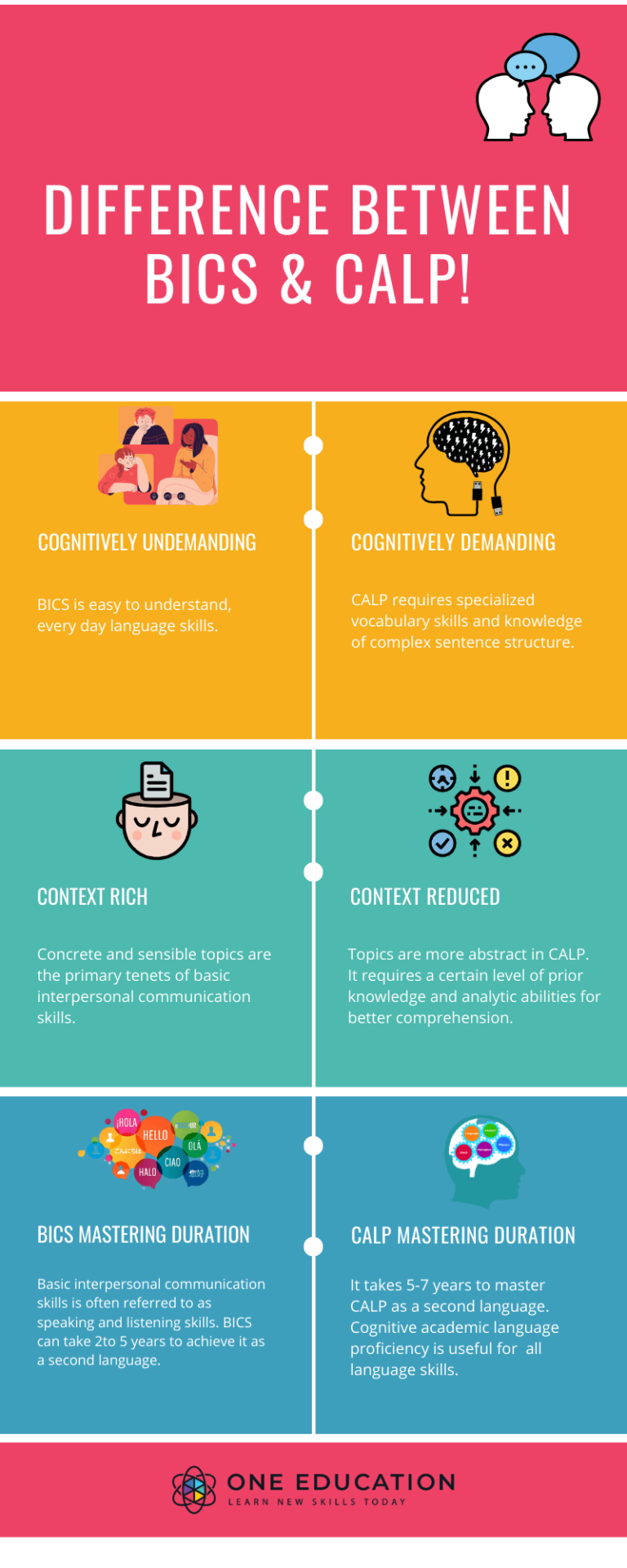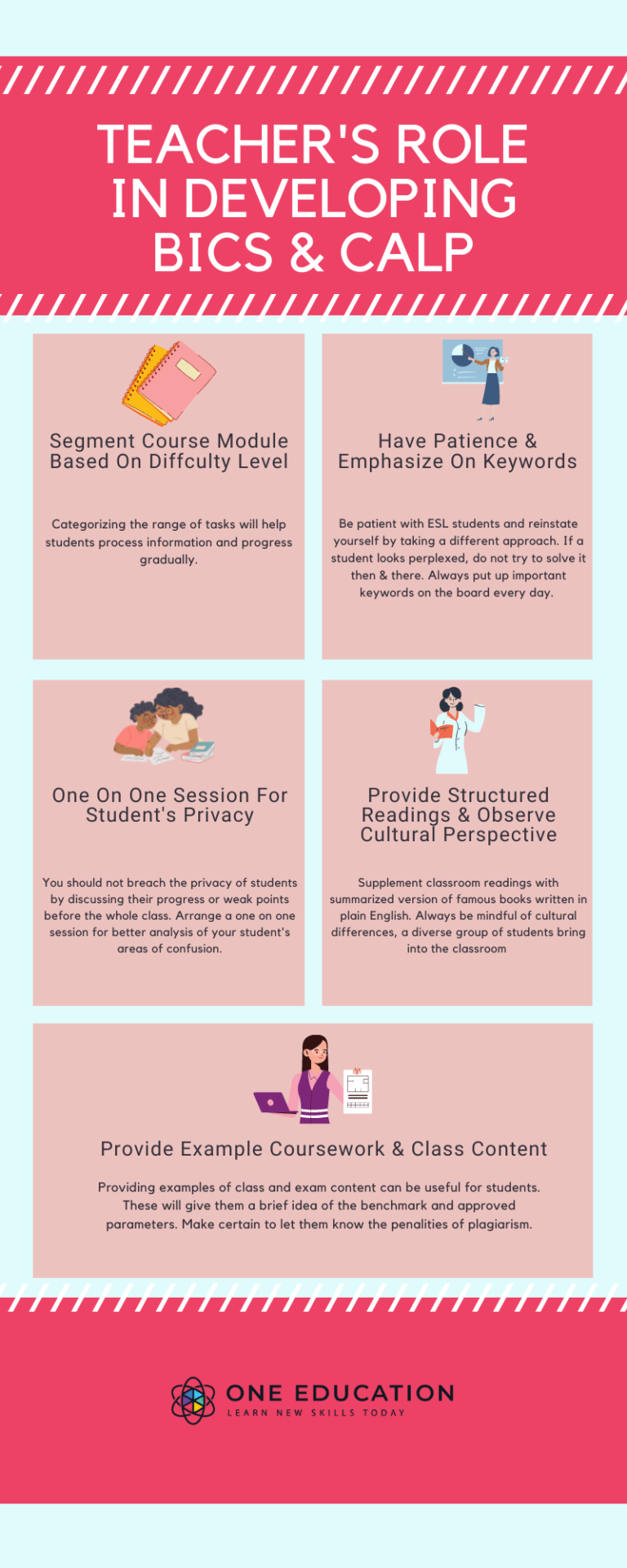Noise
In communication theory, noise has a unique meaning. It refers to anything that distorts the message. It means the received message differs from what the speaker intended. While physical ‘noise,’ such as background noise, can disrupt the conversation, other elements are also called ‘noise.’
The use of jargon, incorrect body language can be termed as distracting noise. Moreover, inattention, apathy, and cultural differences can all be termed ‘noise.’ In other terms, noise can be defined as any distortions or inconsistencies that occur during a communication effort.
Feedback
Feedback is made up of messages that the receiver sends back to the sender. It allows the sender to determine how accurately the message was received.
Furthermore, it lets the sender interpret the receiver’s reaction. Both the unintended and purposeful messages may elicit a response from the receiver.

Direct verbal utterances, such as “Beg your pardon, I don’t understand.” This indicates the recipient is having a hard time comprehending the subject at hand.
Moreover, subtle facial expressions or posture adjustments may indicate to the sender that the recipient is uncomfortable with the message. All these are examples of feedback. Feedback allows the sender to regulate, adjust, or repeat the message to improve communication.
Context
The context in which communication takes place has an impact on it. Contact can take place in a situational context. For instance, in a room, workplace, or possibly outdoors.
In addition, the social context must also be addressed. For example, the duties, responsibilities, and relative status of the participants. Emotional climate and the participants’ expectations will also affect communication.
Channel
The physical means by which a message is transferred from one person to another is referred to as the channel. The channels used in face-to-face interaction are speech and vision. However, during a telephone call, the channel is confined to speech alone.
Difference Between Basic Interpersonal Communication Skills & Cognitive Academic Language Proficiency
Basic interpersonal communication skills are context embedded language skills needed for informal interaction. In contrast, cognitive academic language proficiency refers to essential formal academic learning. The context is reduced in CALP, and the language is more abstract.

Role Of Teachers In Developing Basic Interpersonal Communication Skills & Cognitive Academic Language Proficiency
The subtle difference between basic interpersonal communication skills and cognitive academic language proficiency shouldn’t be ignored. However, teachers should not assume students attaining fluency in everyday English can demonstrate the same aptitude in academic language proficiency.
Some progressive approaches can be taken by the teachers to alleviate the struggle ESL students face. As a teacher, you can do the following to help students catch up with their native peers.

Segment Course Module From Beginner To Expert Level
Categorise the tasks in the range from cognitively undemanding to demanding. It will help the students gradually level up instead of cramming in all the information simultaneously.
Be Patient & Emphasize On Keywords

Allow extra time for kids to assimilate new information by slowing down. Make a list of significant words and write them on the board. If they appear to be blank, simplify and restate what you’re saying. Please don’t mention it repetitively, If they didn’t comprehend the first time. If they don’t comprehend the first time, there’s a good probability they won’t understand the second.
Provide One On One Sessions To Protect The Privacy Of Students
Don’t ask the students if they understand the class content in front of the whole class. The majority of overseas students dislike becoming the centre of attention. They will most often just smile and nod, despite not comprehending the matter. They may, in fact, make you believe you are aware of the situation.

Instead, go to them privately while the rest of the group has gone. Moreover, when the class is at work, you can see how they’re tackling the task correctly. You can also put them near your workstation where they would be useful. It’s simple to make eye contact and conduct a quick, quiet conversation with them.
Keep in mind that in many cultures, asking inquiries is frowned upon. Consequently, it is discouraged because it is an indication of ignorance. Therefore, do not be hasty. It is necessary for pupils to approach you as well.
Related: Teaching English as a foreign language
Provide Structured Readings & Take Notes Of Students’ Cultural Perspective
Provide abridged copies of well-known books published in plain English as set texts to help students understand the plot and characters. Keep in mind that themes are elusive. It will be even more so for international students, for immigrant pupils to recognise.

Also, be conscious of cultural differences. We assign weight to things. What we may consider being deplorable, other cultures may seem it as a commendable demonstration of ability and perseverance. For instance, realistic Asians regard materialism as a negative trait. However, many westerners find materialism to be a great force of strength in life.


![]() 13 minutes
13 minutes